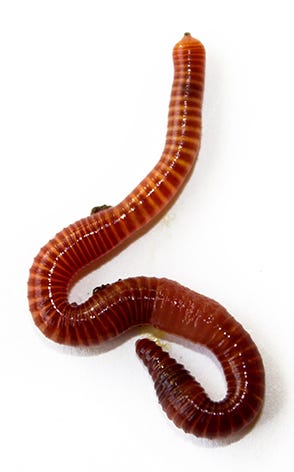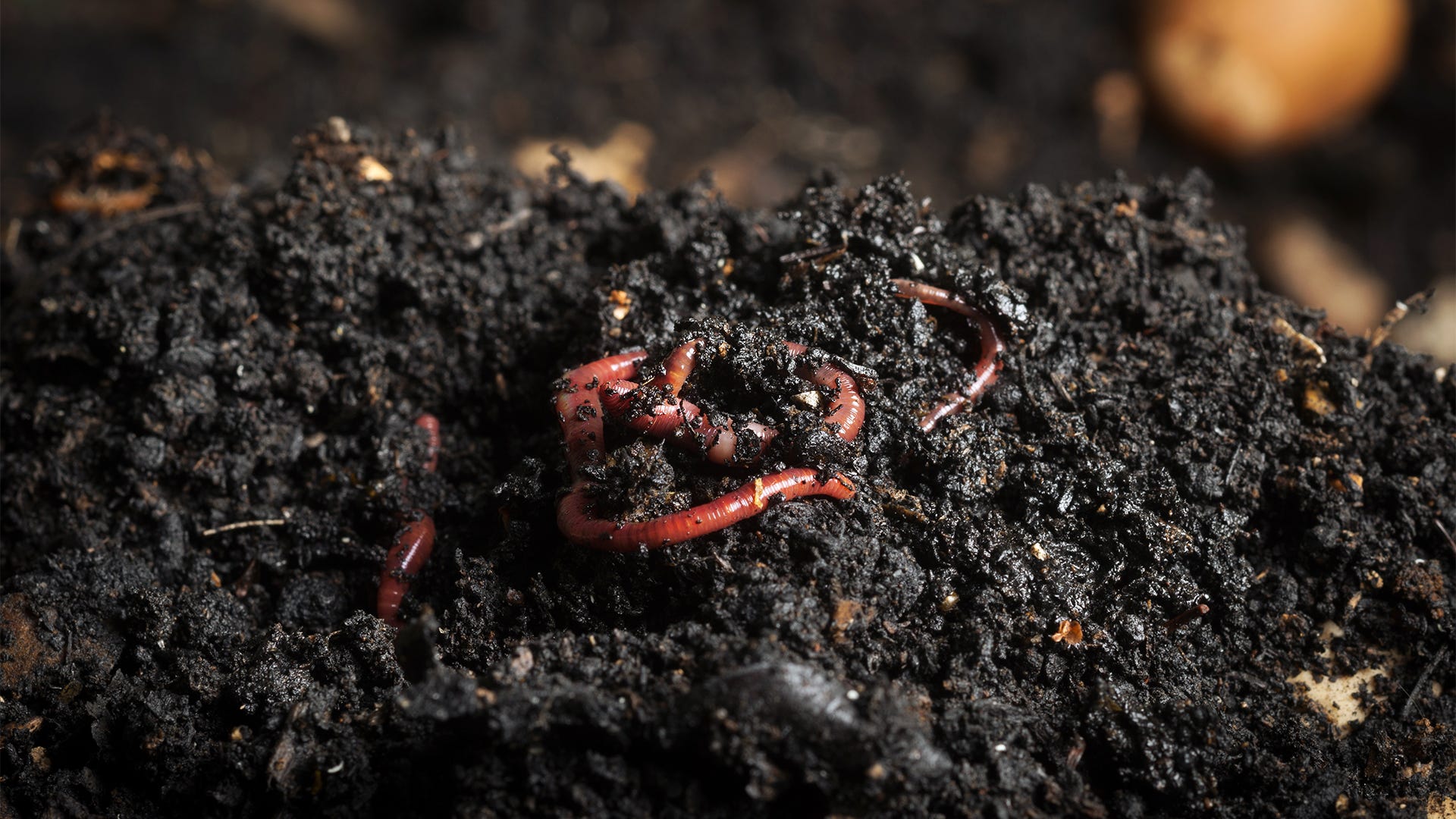Composting-perfect red wigglers: Use them to reduce waste
Composting-perfect red wigglers: Use them to reduce waste
Blog Article
Every Little Thing You Need to Find Out About Red Wigglers for Composting
Red wigglers, or Eisenia fetida, play a pivotal function in the world of composting, transforming natural waste into important dirt amendments. Their unique organic qualities allow them to grow in various conditions, making them an excellent selection for both newbie and skilled composters alike. Recognizing their demands and advantages is crucial for establishing a productive vermicomposting system. The procedure of establishing up a worm container and maintaining it can position challenges. To properly harness the capacity of these worms, one have to check out the ins and outs of their treatment and monitoring.
What Are Red Wigglers?

(Worm Farms Near Me)
Indigenous to The United States and copyright, red wigglers are surface-dwelling microorganisms that favor wet, cozy habitats rich in disintegrating raw material. Their diet plan consists mainly of decaying plant material, food scraps, and various other organic debris, which they eat and damage down effectively. As they digest this material, they generate nutrient-rich spreadings that improve soil fertility.
Red wigglers are hermaphroditic, having both male and female reproductive body organs, and can recreate promptly under ideal problems. This capability makes them an ideal selection for composting systems, as their population can boost rapidly. Their resilience and adaptability to various environments additionally solidify their value in sustainable waste administration techniques. Overall, red wigglers are vital contributors to the procedure of reusing organic waste right into beneficial compost.
Benefits of Using Red Wigglers
Using red wigglers in composting systems supplies various advantages that improve both the performance of waste management and the high quality of the resulting garden compost. These worms, medically referred to as Eisenia fetida, are particularly efficient at damaging down natural issue, transforming kitchen scraps and yard waste into nutrient-rich compost at a sped up price.
Among the key advantages of making use of red wigglers is their capability to take in large quantities of natural material, commonly processing their weight in food waste daily. This high usage price results in quicker decay and minimizes the quantity of waste sent out to landfills. The spreadings produced by red wigglers are abundant in vital nutrients, valuable microorganisms, and enzymes, making them an exceptional fertilizer for yards and plants.
Furthermore, red wigglers flourish in a variety of atmospheres, making them adaptable for both indoor and outdoor composting systems - red wigglers. Their existence in a compost bin Read Full Report helps to aerate the product, avoiding smells and advertising a healthy and balanced composting procedure. In general, utilizing red wigglers not just adds to effective waste monitoring however additionally sustains sustainable gardening techniques via the manufacturing of top quality garden compost
(Lake James Worms)
Establishing Up Your Worm Container
To successfully establish a worm container, it is necessary to select a suitable container that meets the needs of red wigglers while providing a favorable atmosphere for composting. An appropriate bin can be made from plastic, wood, or metal, with a capability of at the very least 1 square foot for every single extra pound of worms.
Guarantee the container has ample drain holes to protect against excess wetness, as red wigglers grow in a moist, however not waterlogged, setting. red wigglers. The container should also be aerated to give sufficient air flow, preventing anaerobic problems that can harm the worms
A suitable place for the worm bin is an awesome, dark location, devoid of straight sunlight and severe temperature levels, as red wigglers like a temperature level array of 55 to 77 degrees Fahrenheit.
Prior to introducing the worms, prepare bed linens products such as shredded paper, cardboard, or coconut coir, which will give both environment and food. Dampen the bed linens gently to create an inviting environment for the worms. Last but not least, take into consideration placing a cover on the bin to maintain moisture and minimize insects, while guaranteeing it can be conveniently eliminated for maintenance.
Feeding and Care Standards
Feeding red wigglers is a crucial facet of preserving a healthy composting system. These worms flourish on a diverse diet regimen, mainly made up of natural materials such as fruit and veggie scraps, coffee grounds, and crushed eggshells. It is vital to stay clear of feeding them meat, milk, and oily foods, as these can develop undesirable odors and attract bugs.
When presenting food to your worm container, chop or shred materials into smaller sized pieces to help with quicker decomposition. Begin with percentages to gauge the worms' intake rate, gradually increasing the amount as they adapt. It is recommended to alternating feeding areas within the bin to urge thorough blending and oygenation of the compost.

Troubleshooting Common Issues
Preserving a thriving worm composting system can occasionally offer difficulties that need attention and troubleshooting. Usual concerns include an unpleasant smell, which typically suggests overfeeding or the visibility of anaerobic problems. To treat this, decrease the amount of food added and make sure proper oygenation by blending the bed linen product.
One more frequent trouble is the getaway of worms from the bin. This can happen because of too much dampness or inappropriate environmental problems. Routinely inspect the dampness levels, going for a wet yet not soggy uniformity, and preserve ideal temperature levels between 60-80 ° F(15-27 ° C )to create a comfy habitat for your red wigglers.
Parasites, such as fruit flies, can likewise attack worm containers. red wigglers. To battle this, cover food scraps with a layer of bed linens or shredded paper to prevent flies from laying eggs. Additionally, ensure that any kind of food included is fresh and devoid of mold, which can bring in undesirable pests
Lastly, if your worms appear inactive, check for stress aspects such as temperature level changes or inadequate dampness. Dealing with these typical problems will help preserve a healthy and effective worm composting system.
Verdict
In summary, red wigglers, or Eisenia fetida, play a vital duty in sustainable waste administration through vermicomposting. Proper setup and maintenance of a worm bin, along with adherence to feeding guidelines, guarantee a growing community that minimizes landfill payments.
Report this page